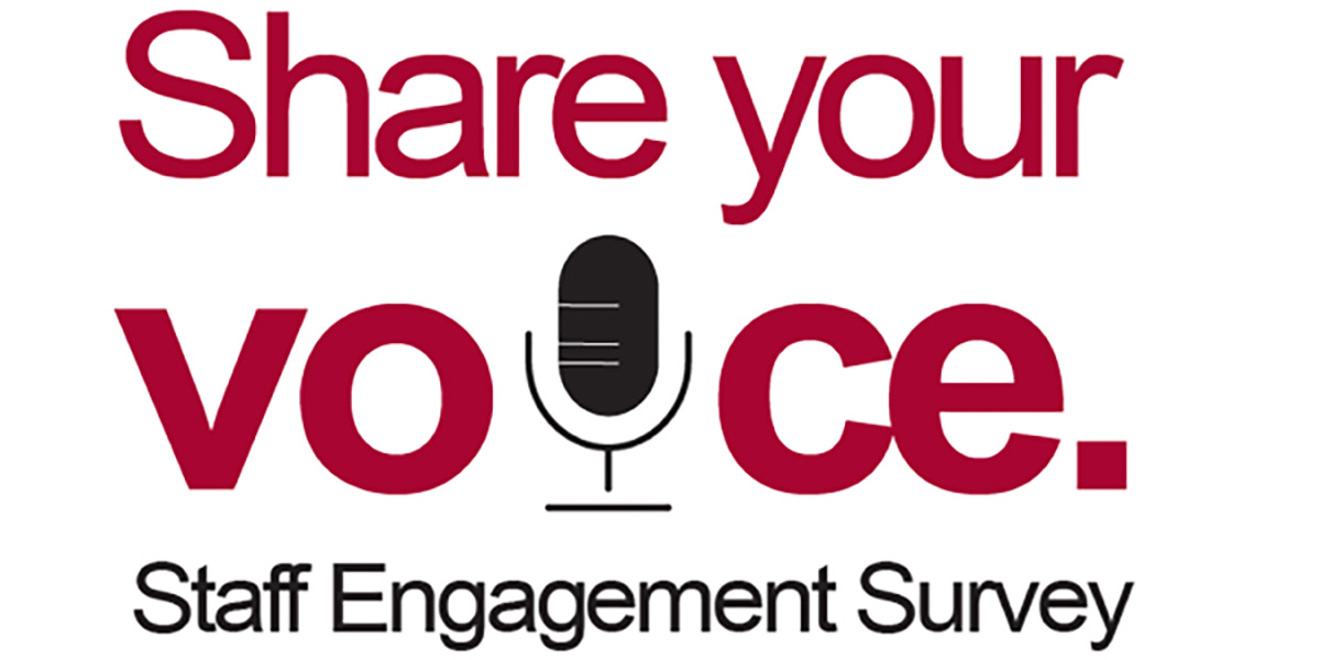The 2018 Staff Engagement Survey data released by Stanford on Thursday reveals that University employees are generally confident in the future but concerned over ongoing issues such as staff collaboration and diversity, and inclusion. Administered by Stanford Human Resources last October, the survey was the first of its kind given to the University’s benefits-eligible staff since 2015.
The survey saw high rates of staff satisfaction with Stanford’s commitment to professional development (81 percent), openness in communication with immediate supervisors (77 percent) and a sense of improvement in quality of work (83 percent). These percentages are slightly higher than those observed in the 2015 staff engagement survey.
Stanford fairs even better when compared to other universities. It scored higher than the Higher Education benchmark — which is representative of employees who work for four-year academic institutions across the U.S. — in all categories, including Collaboration, Efficiency, Engagement, Inclusion, Performance Management and Respect & Trust.
However, Stanford fell below the U.S. High Performing benchmark — which evaluates U.S. high-performing companies — in the areas of Efficiency, Collaboration, Performance Management and Inclusion.
The 2018 survey was administered by the independent organization CultureIQ in order to keep responses confidential. It was distributed to benefits-eligible staff, including exempt, non-exempt, bargaining unit, non-academic staff, athletics coaches, academic librarians and academic research staff (including SLAC). 66.7 percent (8,754) of the 13,122 staff members invited to participate in the survey responded — an increase of 1,528 staff respondents from 2015.
Since the 2015 survey, there have been fewer respondents who see cooperation across different departments, groups and schools/units (60 percent, down three percentage points), and fewer respondents who feel that work processes are well organized and efficient (49 percent, down one percentage point).
Nine out of 10 staff surveyed in 2018 expressed pride to work at Stanford, and 86 percent are very confident in Stanford’s future success. This echoes the themes which surfaced in the survey’s open-ended question — “What else do you want to add about working at Stanford?” — where staff expressed a commitment to Stanford and support for the university’s mission.
Still, staff members expressed increased discontent with Stanford’s commitment to diversity and inclusion. Only 81 percent of staff believed that people of all backgrounds can succeed at Stanford, four percentage points behind the U.S. High Performing Benchmark and down two percentage points from the 2015 survey. 80 percent of respondents said Stanford encourages and promotes diversity of backgrounds, talents and perspectives, a score that also falls below the U.S. High Performing benchmark.
The University is attempting to improve its diversity and inclusion through the IDEAL Initiative, which has begun efforts to improve faculty and graduate student diversity after establishing goals in fall quarter.
Staff members also cited affordability as a key challenge to living in the Bay Area. In an open-ended survey question, respondents expressed a desire for more flexibility with work arrangements.
“We now know what is working well and what needs to improve,” said Marguerite Kunze, associate vice president of talent management & workforce strategy in University Human Resources, to Stanford News. “In some areas, we will need to better understand why people responded as they did and solicit ideas about how to move forward.”
Kunze is overseeing the survey analysis and organizing actions in response to survey results. School and unit leaders will communicate local results to staff by early February, and staff may be asked to share further input in the form of surveys, assessments and focus groups as University leaders seek to incorporate survey insights into the long-range planning process.
This article has been updated to reflect that 81 percent, not 48 percent, of staff believed that people of all backgrounds can succeed at Stanford, whereas 80 percent, not 81 percent, of staff said Stanford encourages and promotes diversity of backgrounds, talents and perspectives. A University infographic on 2018 Staff Survey Results contained the incorrect percentage. That infographic has also been updated.
Contact Berber Jin at fjin16 ‘at’ stanford.edu.
